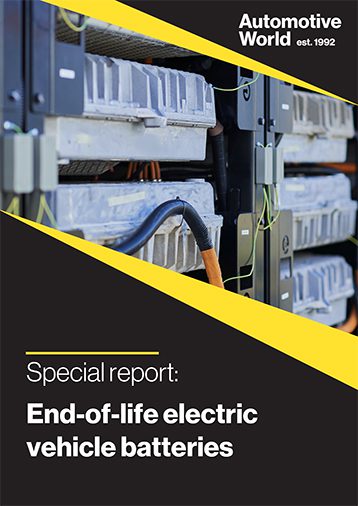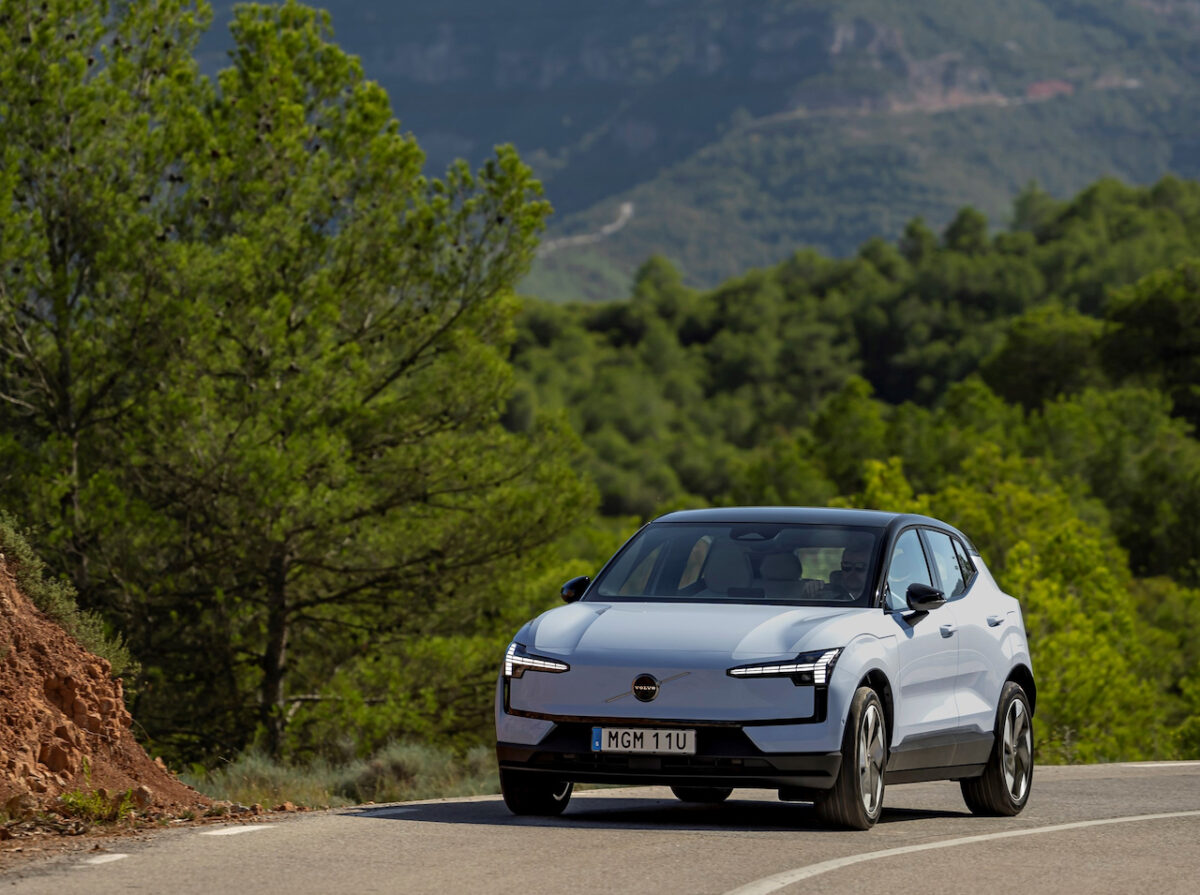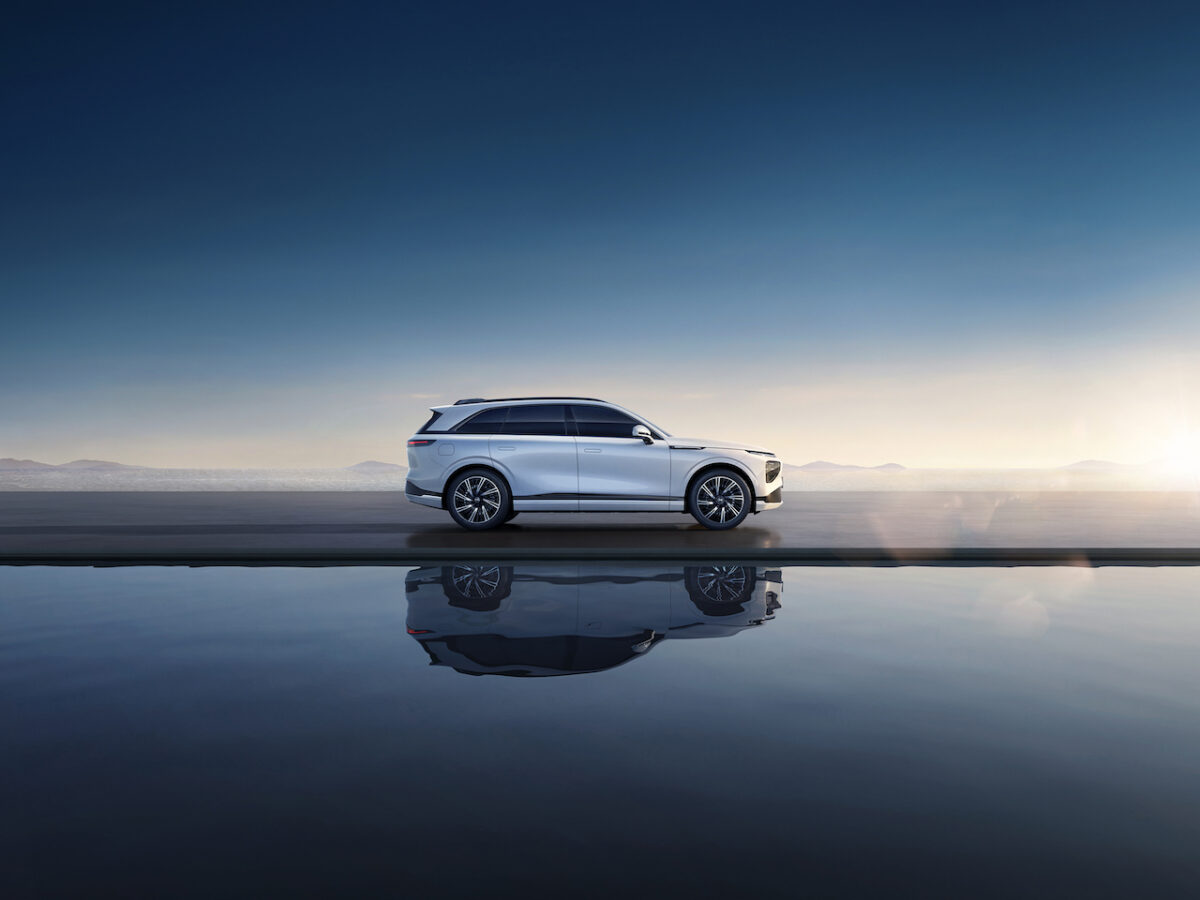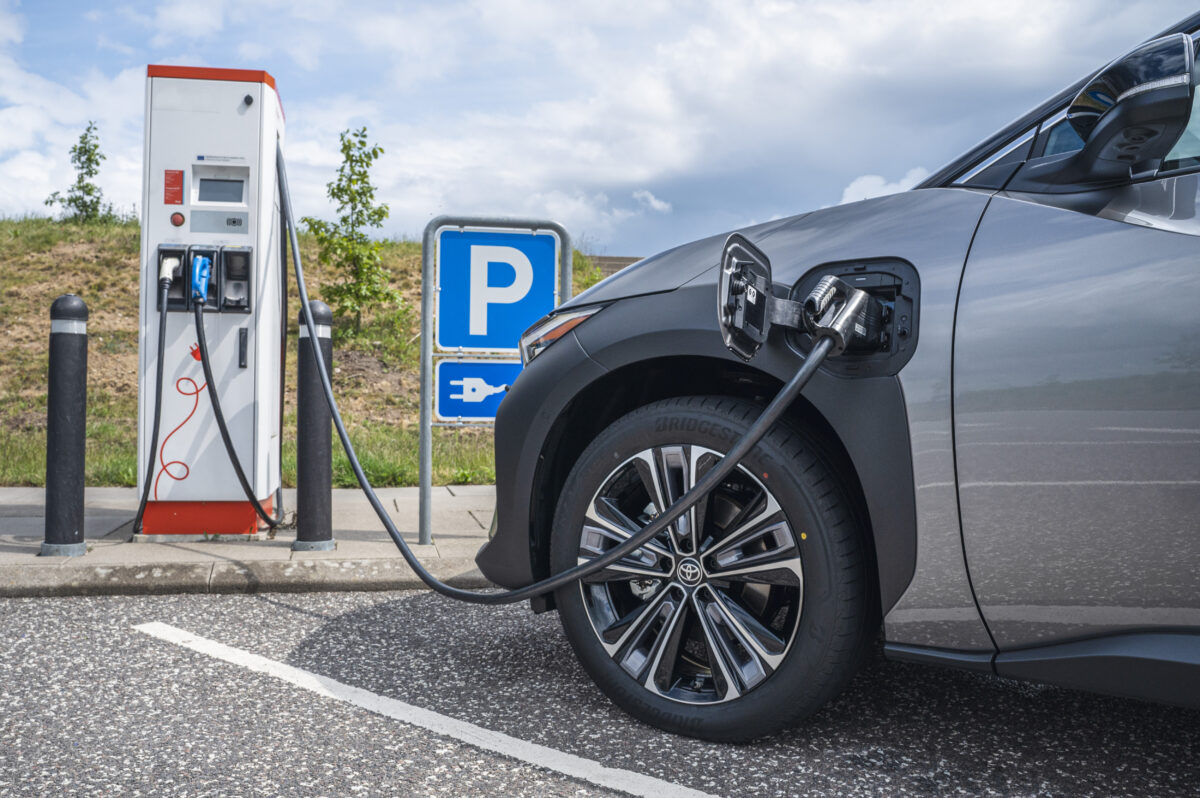Electrification continues to gather momentum around the world. The International Energy Agency estimates that the total number of electric vehicles (EVs) in use could reach almost 350 million by 2030. For each vehicle, a battery must also, inevitably, be manufactured. This is the most emission-heavy aspect of EV manufacture—around seven tons of CO2 are produced per battery, according to recent analysis by McKinsey. In addition to its carbon intensity, a typical battery can only be used for around a decade before it can no longer hold a charge above 80% and needs to be replaced.
Energy storage to support EV charging infrastructure is one example of a second-life application for batteries when they reach this stage. Several companies are interested in using them in this context, including climate tech start-up ElectricFish, which builds distributed energy storage systems using batteries that can be deployed in charging stations. However, more work needs to be done by regulators and OEMs in terms of battery management software to make this feasible.
Tapping the potential
ElectricFish Chief Executive Anurag Kamal tells Automotive World that “distributed renewable power and microgrids are integral parts of the energy transition”. To this end, the company offers several products, including 350², a plug-and-play energy storage system that can deliver charge to vehicle architectures ranging from 300 to 950 volts DC. This storage system can be connected to nearby solar and wind power stations, relieving the central grid from the additional strain caused by accelerated charging infrastructure rollout.
A significant amount of additional power will be required to enable widespread EV charging. In the UK, for example, energy demand on the national grid stood at 334.2 TWh in 2022. British energy company National Grid estimates that an additional 100 TWh is required to facilitate full electrification. Signs of strain are already showing—in July 2023, the planned rollout of 16 Tesla Superchargers in West Sussex was delayed until September due to concerns over peak time energy demand.
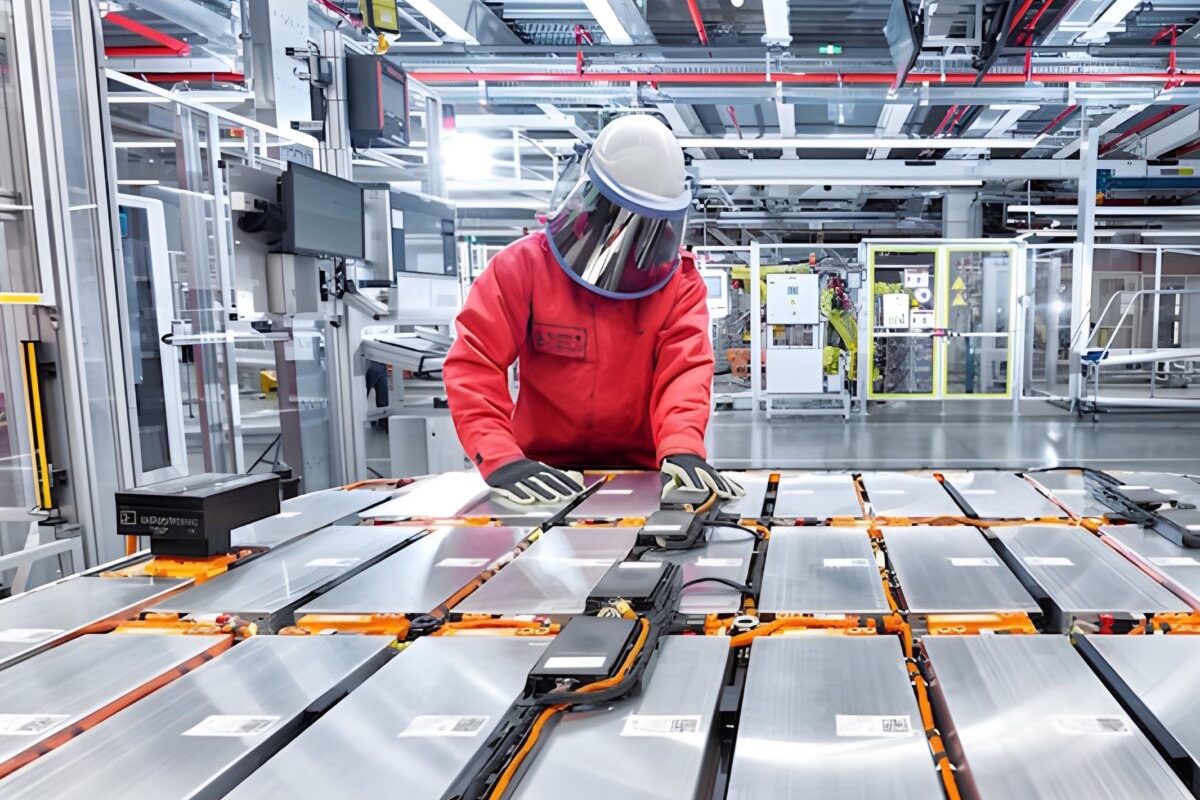
Kamal claims that distributed second-life battery storage would prevent such instances from occurring as it would lower or entirely mitigate dependency on the central grid. Energy drawn from nearby renewable power sources could be used to provide continuous charge to the storage system throughout the day. Reusing batteries in this context, he argues, is both practical and cost-effective. Indeed, McKinsey estimates that second-life batteries are 30-70% the price of a new unit and can last ten to 20 years in this use case. This lowers the barrier for entry for communities to invest in such architecture.
Pairing second-life batteries alongside locally situated renewable energy sources, he adds, could usher in a new era of grid independence. In addition to reducing dependency on the central grid, this could lower manufacturing demand for new batteries and make it easier for communities to withstand power outages.
Lack of standardisation
Despite Kamal’s optimism about second-life batteries, ElectricFish has no immediate plans to utilise them. Instead, its next 100 energy storage systems will all contain new batteries. The reasons underlying this decision are purely practical. At present, most second-life batteries can vary significantly in terms of their usability, and there is no certification process like UL 9540 (a safety standard for energy storage systems) in place to ensure their quality. Subsequently, the company would find it difficult to provide a consistent product using second-life assets.
Compounding matters is a lack of a standardised battery management system (BMS) that can integrate multiple second-life batteries, then sort and categorise them by health to ensure homogeneity. If this were to exist, Kamal explains, it would drive regulatory certification and compliance, enabling the rapid deployment of second-life assets.
Don Wright, Vice President of Engineering at EV battery tester Unico, tells Automotive World that assessing the viability of second-life batteries can prove laborious with a non-standardised BMS, and mastering communication protocols with a single battery model highly time-consuming. “Not only that—we have to figure everything out again every time we add a new model.”
The road to regulation
Kamal and Wright agree that a standardised BMS would benefit the entire industry. Getting there, however, will be challenging. While Kamal suggests that standardisation would drive regulatory certification, Wright believes that it may need to work the other way. “This will be hard to achieve at the automaker level unless regulations mandate that they do so,” he states. If they can, it would give companies like ElectricFish more flexibility to use second-life assets.
This will be hard to achieve at the automaker level unless regulations mandate that they do so
Regulation has generally been supportive of circularity so far. For instance, the EU Battery Regulation will enforce targets for material recovery and recycling efficiency from 2025 onwards. While this could increase momentum for a standardised BMS, no concrete progress has yet emerged.
Kamal remains optimistic: by the early 2030s, he believes the segment will have matured to a point where second-life use is commonplace. Wright, on the other hand, is more cautious. A global approach is going to be required, and not all regions are as pro-active about circularity as the EU. As such, he concludes, a 2050 timeline may be necessary.
